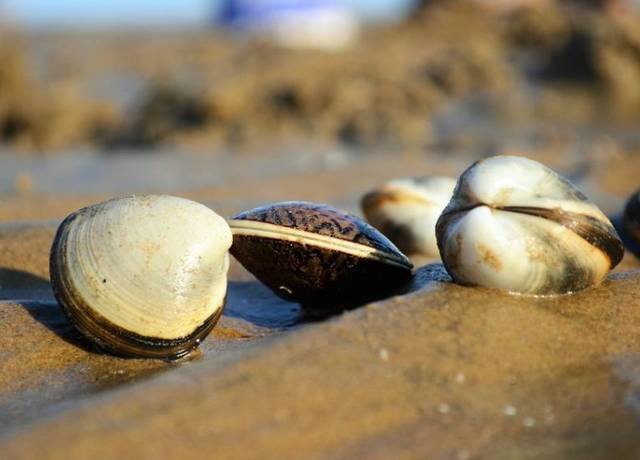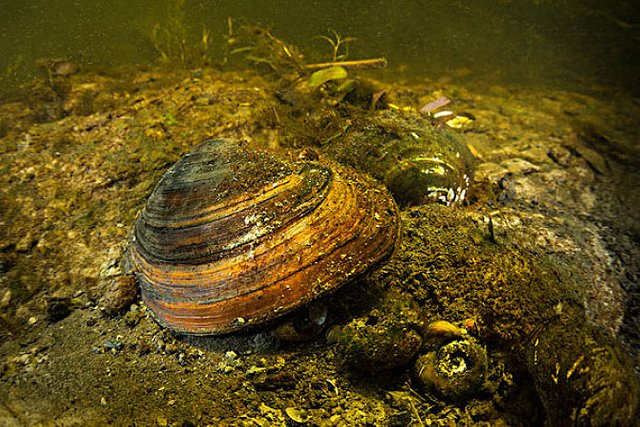Underwater Maids - Shellfish and Clams
They may not have chicken feathers, brooms or even arms and legs, but bivalves like clams, mussels and oysters make excellent underwater maids.

In search of bacteria or microalgae called phytoplankton, these useful creatures act like tiny water filtration systems, constantly filtering the water around them. When they filter the water, the bivalve's tissues absorb some of the chemicals and pathogens, such as herbicides, drugs and fire retardants, say researchers at Stanford University in California.
To understand how well the bivalves were able to remove toxins from their surroundings, the researchers placed California mussels and Asian clams in a tank of treated wastewater with varying levels of contamination. Within 72 hours, these bivalves had removed 80 percent of the contaminants from the water, according to the researchers.
Seeing the uptake of harmful chemicals by these shellfish, the Stanford researchers began to think about how to make clean clam and mussel pies more useful. They decided to give some of these underwater maids a new job: cleaning up an unclean lake in central San Francisco.
That water, the researchers say, is heavily contaminated with harmful bacteria and other pollutants. The researchers are still deciding how many clams and mussels they need to bring into Mountain Lake to do the job, and they are also considering how best to use the bivalves.

"We are considering using a raft to transport local bivalves in cages so that we can monitor the health of these bivalves and prevent them from being preyed on" ,niveen Ismail, the lead author of the study and a graduate student in the Department of environmental engineering at Stanford University, said in a statement.
Ismail and his colleagues said this method of deploying oysters and other shellfish, which involves placing bivalves in trays or cages and suspending them on anchored rafts, has been used before in places such as the Bronx River and Long Island Sound. In these locations, eastern oysters are used to control nutrients and excess algae, but the researchers hope that in Mountain Lake, the bivalves will also help clean the water of pollutants.
Each native mussel filters about two liters of water per day, so it doesn't take much to improve water quality, said Richard Lusey, co-author of the study and the Silas H. Palmer Professor of Civil and Environmental Engineering and senior researcher at the Stanford Woods Institute for the Environment, in a statement.